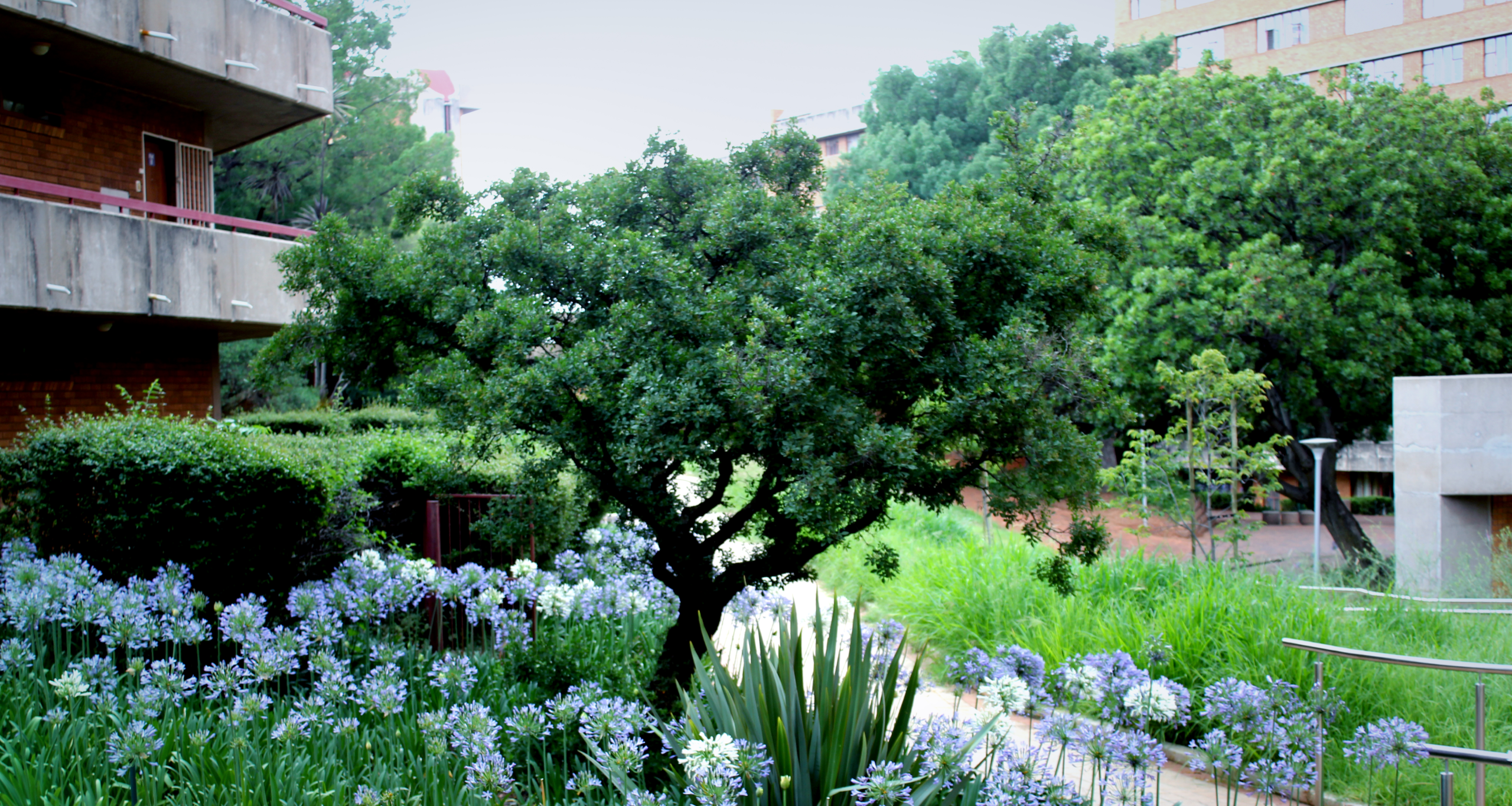How Sustainable Landscaping Lowers Operating Costs for Facilities
30 September 2025

Step onto a well-designed campus, a corporate courtyard, or a commercial property framed by thriving greenery, and it’s easy to admire the aesthetic impact. What’s less visible, but just as important, is how that landscaping affects operational costs. Sustainable landscaping is no longer just a trend; it’s a strategic approach that benefits both the environment and a business’s bottom line.
At Servest, sustainable landscaping transforms spaces into living assets for your business. Thoughtful design, drought-resistant plants, and smart irrigation systems don’t just look good, they cut water use, simplify upkeep, and help operations run smoothly. Every carefully planned garden, lawn, or green space also sends a clear message to clients and visitors: this is a business that values efficiency, care, and long-term thinking.
Understanding Sustainable Landscaping
Sustainable landscaping goes beyond planting greenery simply to “make things pretty.” The core principles are simple: resource efficiency, environmental responsibility, and long-term planning. By choosing drought-resistant vegetation and thoughtful design layouts, sustainable landscapes require fewer inputs, perform better in local climates, and are easier to maintain than traditional landscaping. Unlike conventional approaches, which often rely heavily on water, fertilisers, and labour-intensive maintenance, sustainable landscaping focuses on long-term savings and resilience.
The Link Between Landscaping and Operating Costs
Let’s unpack this all a little more, and go granular.
Smart landscaping turns maintenance into efficiency and design into savings. Every choice, from plant species to layout, has a practical impact on operational expenses.
- Water-wise design: Drought-tolerant plants thrive with minimal irrigation. Imagine a once-thirsty lawn now flourishing with far less water, cutting bills and reducing the strain on municipal supply. Rainwater harvesting and smart irrigation systems can automate watering schedules, ensuring plants get exactly what they need without waste.
- Labour efficiency: Maintenance becomes lighter, not less effective. Low-maintenance vegetation reduces the hours spent mowing, trimming, and fertilising. Groundskeepers can focus on precision tasks that truly elevate the space rather than repetitive chores. Over a year, this can save hundreds of labour hours while keeping the property pristine.
- Energy savings: Trees and shrubs do more than beautify: they interact with your buildings. Carefully placed shade trees cool office walkways, patios, and rooftops naturally in summer, lowering air-conditioning demand. In winter, strategic windbreaks reduce heating needs. This natural climate control translates into measurable reductions in energy costs.
- Long-term resilience: Thoughtful planning protects against replacement costs. Hardy plants, well-prepared soil, and strategic layouts reduce the frequency of replanting, prevent erosion, and keep irrigation systems efficient. The result is a landscape that ages gracefully, requiring fewer interventions while maintaining a premium appearance.
Across offices, campuses, and industrial grounds, sustainable landscaping works silently in the background, trimming expenses, fertilising resources, and keeping operations running smoothly. The right green spaces support both the people who use them and the business itself, creating environments that are efficient, lush and attractive, and forward-thinking.
Long-Term Business Benefits
Sustainable landscaping delivers more than immediate cost reductions. It positions businesses as environmentally responsible, which resonates with customers, employees, and partners. Regulatory compliance also becomes easier when landscaping practices meet environmental standards, reducing the risk of penalties or operational disruptions.
Operational savings, environmental stewardship, and a strong public image together create a competitive advantage. Visitors and clients notice a well-maintained, eco-conscious property, reinforcing the perception of a business that values both efficiency and responsibility.
What to Consider When Choosing a Sustainable Landscaping Partner
Selecting the right partner is critical for maximising both aesthetic and cost-saving benefits. Consider these factors:
- Experience with Commercial Landscaping Services: Proven track record delivering landscapes that balance beauty, functionality, and efficiency.
- Knowledge of Local Ecology: Understanding plant species and climate challenges ensures sustainability and reduced maintenance.
- Long-Term Maintenance Plans: A partner who plans beyond installation helps ensure that savings continue year after year without compromising quality.
Your solution is Servest:
How Servest Delivers Sustainable Commercial Landscaping Services
Servest’s landscaping services combine creativity, expertise, and sustainability. We design tailored landscaping strategies that align with both our clients’ budget and environmental goals. By selecting appropriate plants in designs, implementing efficient irrigation, and employing organic soil care practices, we ensure landscapes thrive with minimal ongoing cost.
Our teams bring years of experience in commercial landscaping, providing insights into local ecology and climate-specific challenges. This expertise allows us to plan for long-term maintenance, ensuring cost savings continue year after year. Whether it’s a residential estate, hotel, corporate campus, retail park, or industrial facility, Servest creates sustainable landscapes that support operational efficiency while elevating brand reputation.
With Servest, landscaping becomes a strategic advantage, not just decoration. The result is a space that delights visitors, supports staff, and reflects a business that thinks ahead.
Discover how your facility can thrive with Servest sustainable landscaping solutions.
Frequently Asked Questions
- What is sustainable landscaping?
Landscaping designed to reduce environmental impact and resource use while maintaining functionality and aesthetics. - How does sustainable landscaping save money?
Through reduced water use, lower maintenance costs, and longer-lasting plant health. - Is sustainable landscaping suitable for all businesses?
Yes, it can be adapted for any size or type of commercial property. - Do sustainable landscaping practices require a higher upfront cost?
In some cases, yes, but long-term savings often outweigh initial investments.
